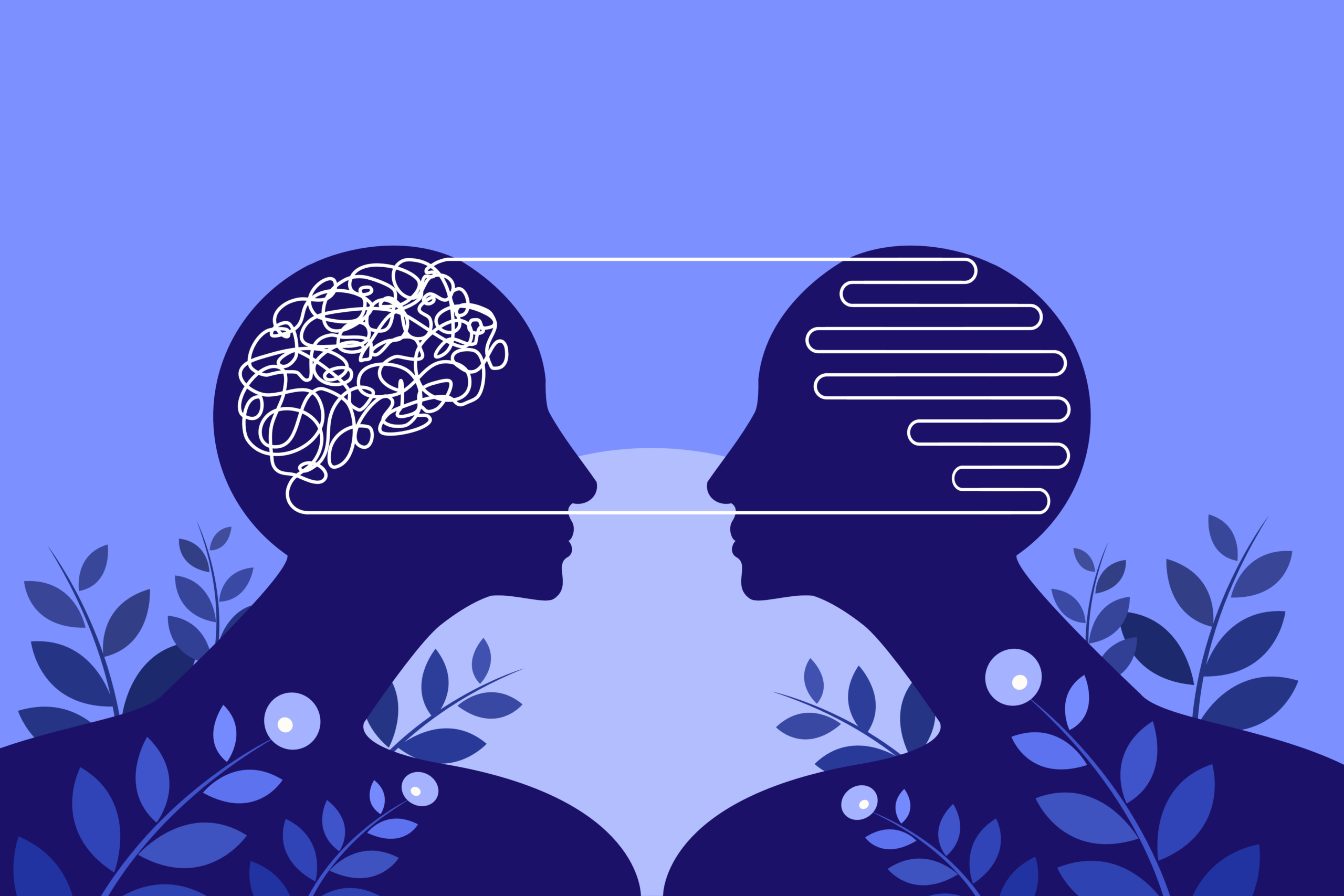Autism Masking: Autistic mimics
25/03/2022

Autism masking is a term used to describe how an autistic person unconsciously or consciously conceals their behaviours, traits or characteristics. It is a way to try to fit in, to be seen as ‘normal’ and to avoid being seen as standing out.
Human beings have a fundamental need to belong and are pervasively motivated by that need to secure better health and well-being. Exclusion is a negative experience that can manifest in feelings of anxiety that in turn lead to distress.
Joining-in is often viewed as mandatory. Participating with business talk, being seen to understand ‘in-jokes’, memes or jargon can be central to becoming accepted. Where anyone does not fit the prevalent model, they could be viewed with suspicion, rejected or in extreme circumstances ostracised.
Research has consistently shown that when a stranger mimics both the verbal and non-verbal expressions of someone, they are regarded more positively.
In my research I ascribe the behaviour called masking (or camouflaging) to mimicry. It is an element of human aposematic (uh-po-sema-tic) behaviour which derives from the actual or perceived presence of threat. Mimicry is an evolutionary behaviour that can generate increased feelings of connection and promote rapport between people. In that way it acts to enhance social relationships.
The researchers Chartrand and Bargh (1999) suggest that mimicry of another person’s posture, mannerisms and other behaviours is unintentional and undertaken passively. They describe their observations as ‘the chameleon effect’. This is the automatic tendency to imitate others which results in greater liking towards the mimicker. They argue that it is unconscious because to mimic consciously is too cognitively demanding.
At about this point you should be thinking…well, everybody does it then don’t they? The answer to that is yes! Everybody does mimic to some extent. You may know people who try to hide in plain sight (which is called crypsis in nature) or others that appear to be trying to project a more positive account of themselves (as part of impression management). These are all linked to the presence of actual or perceived threat.
Autistic people appear to adopt the behaviour of conscious/deliberate mimicry more often than others. It can be exhausting!
If you are not autistic, imagine trying to constantly modify your behaviour to match your perception of those around you. You may be completely uncomfortable with eye contact – but must do it to mimic. You may be uncomfortable with a social situation – but must suppress your feelings and natural behaviour to be seen as fitting in. You will be watching to see which version of ‘normal’ it is that you need to adapt to in any given situation. You may have the strongest urge to stim (repetitive self-stimulating behaviours used to calm an individual) but be fighting the powerful need to do so. By not being able to stim and calm yourself you raise your anxiety levels and stress even more.
The key to all aspects of neurodiversity (of which autism is part) is the need for education and understanding. If you enjoyed this blog, please do share it with friends and colleagues.
Summary:
- Masking is unconsciously or consciously concealing behaviours, traits or characteristics.
- It’s a way of ‘joining in’. It’s important because exclusion is a negative experience.
- Research by Dr Robby Allen ascribes the behaviour to mimicry and as an element of human aposematic (uh-po-sema-tic) behaviour in response to actual or perceived threat.
- Autistic people may consciously mimic what they perceive as ‘normal’ more than others.
- Mimicry or blending in is cognitively demanding and can be exhausting.
Contact: robby.allen@cranfield.ac.uk
Categories & Tags:
Leave a comment on this post:
You might also like…
From nature walks to neural networks: My journey in Applied AI at Cranfield
Hi, I’m Ebru K and choosing a postgraduate degree is about more than just picking a subject; it’s about choosing where your future begins. As an international student from Turkey, I ...
Leading With Heart: My Journey as Cranfield Student Association President by Summer Yan
When I first arrived at Cranfield, I had no idea that one year later I would be standing at the heart of our student community, serving as President of the Cranfield Student Association (CSA). ...
Creating and using constituent lists in Datastream
Whether you're analysing industry performance, or comparing company financials, Datastream is a powerful tool. One of its most useful features is the ability to work with constituent lists — collections of companies grouped by index, ...
Landing at Cranfield: First-term experiences and life beyond the classroom
Starting a postgraduate course can feel daunting, especially if you’re new to the aviation industry. In this blog series, Adit Shah shares his journey on the Air Transport Management MSc at Cranfield. From first-term ...
Accelerating ambition: How Amelie Rohan engineered her future at Cranfield
In the world of high-performance automotive engineering, the gap between being a “fan” and being a professional is measured in more than just miles. It is measured in technical precision, hands-on ...
Study better and smarter in 2026
Happy new year! Now is the perfect time to reflect on your studies so far, thinking about what you’re doing well and where you need to focus a bit more attention. Getting back into ‘study ...






